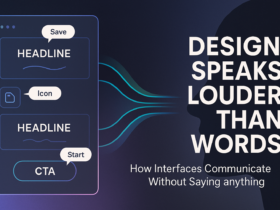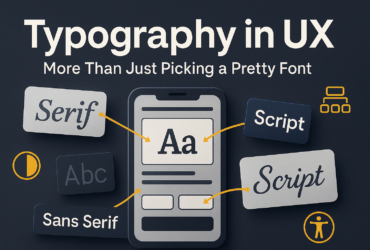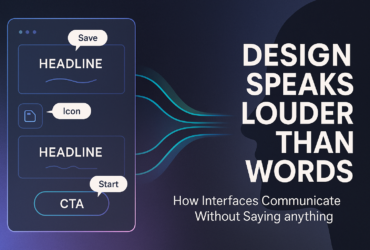In today’s digital landscape, delivering accessible dark mode experiences is essential. Moreover, when you prioritize dark mode accessibility, you create accessible dark themes that benefit all users. Therefore, embracing UI dark mode best practices and focusing on designing accessible dark interfaces ensures that your website or app stands out. In this post, we’ll walk through proven strategies to implement an accessible dark mode that combines aesthetics with usability.
Why Accessible Dark Mode Matters
- Improved Readability:
Dark backgrounds with sufficient contrast reduce eye strain and improve focus, especially in low‑light environments. - User Preference:
Many people prefer dark themes at night or for aesthetic reasons, so offering accessible dark themes enhances satisfaction. - Inclusivity:
By prioritizing dark mode accessibility, you ensure that users with visual impairments can comfortably engage with your content.

Core Principles of Dark Mode Accessibility
To achieve true dark mode accessibility, follow these key guidelines:
- Contrast Ratios:
- Ensure text-to-background contrast meets WCAG AA standards (at least 4.5:1).
- Test both normal and bold font weights under different lighting conditions.
- Color Palette Selection:
- Choose muted grays instead of pure black to reduce glare.
- Maintain consistent accent colors that work across light and dark modes.
- Typography Adjustments:
- Use slightly larger font sizes for body text.
- Increase line spacing to enhance readability.
UI Dark Mode Best Practices
When implementing UI dark mode best practices, consider:
- Layered Elevation:
Add subtle shadows or layer effects to distinguish UI elements without relying solely on color. - Iconography & Imagery:
Provide both light and dark versions of icons and illustrations. - Feedback States:
Clearly indicate hover, focus, and active states with accessible color changes.

Designing Accessible Dark Interfaces
Creating truly designing accessible dark interfaces involves both technical and user‑centered considerations:
- User Testing:
- Conduct sessions with participants in varied lighting situations.
- Gather feedback on readability and overall comfort.
- Automated Audits:
- Integrate tools like Lighthouse or axe-core into your CI pipeline.
- Regularly scan for contrast issues and color‑blind accessibility.
- Progressive Enhancement:
- Default to the user’s system preference (
prefers-color-scheme). - Offer a toggle to switch modes manually, saving their choice in local storage.
- Default to the user’s system preference (

Common Pitfalls to Avoid
- Pure Black Backgrounds:
These can cause visual “halos” around bright text—opt for dark gray instead. - Low-Contrast Accents:
Make sure interactive elements stand out against the dark background. - Neglecting Edge Cases:
Remember tooltips, pop‑ups, and third‑party embeds when designing your dark mode.
Integrating Services and Resources
For professional support, consider our web development services at Webie to implement accessible dark mode seamlessly. Additionally, tune into our BozzaBench podcast for in‑depth discussions on dark mode accessibility and more UI dark mode best practices.
Conclusion
Ultimately, mastering accessible dark mode goes beyond flipping color values. By focusing on dark mode accessibility, prioritizing contrast, conducting user tests, and following UI dark mode best practices, you’ll craft accessible dark themes that delight every user. Start designing accessible dark interfaces today to elevate your digital experience!



























Leave a Reply